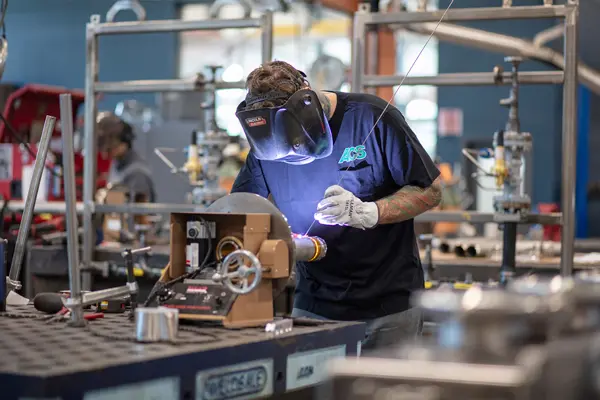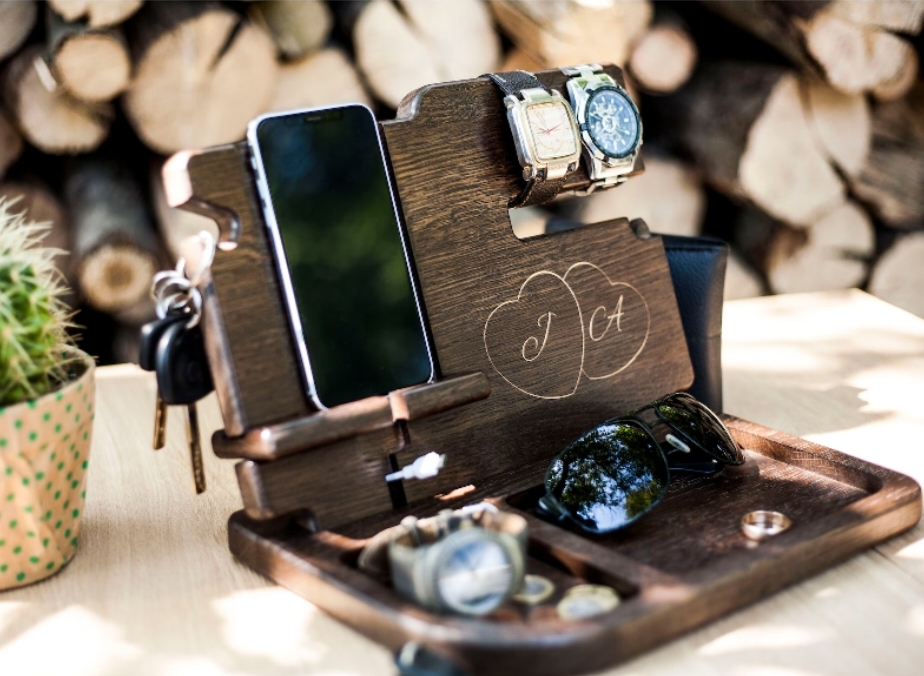Industries are diverse, and each sector has its own specific challenges. In a world where efficiency, safety, and sustainability are of the upmost importance, custom equipment plays a vital role in meeting unique industrial demands. Standard equipment often does not provide the specialised solutions that certain operations require, leading to inefficiencies and potential risks.
Custom-designed equipment is not just about creating tools that fit the job; it’s about enhancing overall operational workflow. This involves understanding the unique requirements of each task, considering the environment in which the equipment will be used, and optimising design for both performance and safety. Whether it’s for handling hazardous materials, managing complex logistics, or streamlining production lines, custom equipment offers tailored solutions that standard options cannot match.
The Importance of Bespoke Stillages in Material Handling
One area where custom solutions are frequently required is in material handling. Moving goods efficiently and safely from one point to another is essential in many industries, including manufacturing, warehousing, and construction. Traditional methods or equipment might not always provide the right fit, leading to increased handling times, potential damage to goods, and even injury risks to workers. This is where bespoke stillages come into play.
Bespoke stillages are custom-built containers designed to transport specific types of materials or products securely and efficiently. Unlike standardised stillages, which may not be optimised for particular shapes, sizes, or weights, bespoke options ensure that materials are handled safely and stored correctly. This tailored approach helps minimise the risk of damage during transit and improves overall productivity by reducing handling time and effort.
Key Considerations When Designing Custom Equipment
When developing custom equipment for any industry, there are several crucial factors to consider. Firstly, it is essential to understand the exact nature of the problem that needs solving. This might involve consulting with the end users of the equipment to gather insights on the specific challenges they face, whether related to safety, efficiency, or compliance with industry standards.
Once the problem is well-defined, the next step is to focus on the materials and technology best suited to the task. For example, certain industries may require equipment that is resistant to corrosion, extreme temperatures, or chemical exposure. Others may need lightweight, manoeuvrable designs for handling materials in confined spaces. The right choice of materials, combined with advanced engineering techniques, can significantly extend the life span of the equipment while ensuring it performs reliably under challenging conditions.
The Role of Collaboration in Custom Equipment Design
Creating custom industrial equipment is not a one-size-fits-all process. It requires a collaborative effort between designers, engineers, and the end users. Open communication is key to ensuring that all stakeholders are on the same page regarding the objectives and constraints of the project. Regular feedback loops during the design phase can help identify potential issues early, allowing for modifications before the final product is manufactured.
Involving end users in the design process also enhances the likelihood of equipment being user-friendly. When those who will ultimately be using the equipment contribute to its design, the result is often a product that is more intuitive, easier to operate, and better suited to the working environment. This collaborative approach not only improves safety and efficiency but also boosts morale by giving workers a sense of ownership over the tools they use daily.
Balancing Cost with Quality and Functionality
While the benefits of custom equipment are clear, cost considerations can often be a sticking point. It is important to find a balance between affordability and the quality and functionality of the equipment. The temptation to cut corners to save on initial costs should be resisted, as this often leads to higher expenses down the line due to maintenance issues, frequent repairs, or replacements.
Investing in high-quality, well-designed custom equipment can result in substantial long-term savings. Properly designed tools reduce downtime, lower the risk of workplace injuries, and increase overall productivity. Therefore, it’s crucial for businesses to view the cost of custom equipment not as an expense but as an investment in the efficiency, safety, and longevity of their operations.


